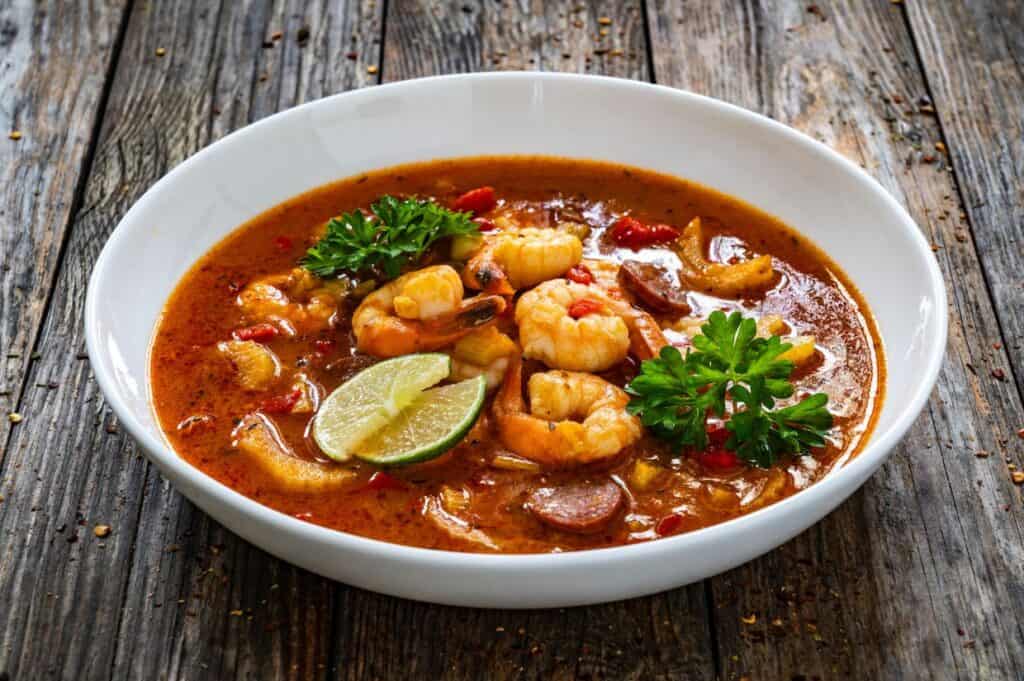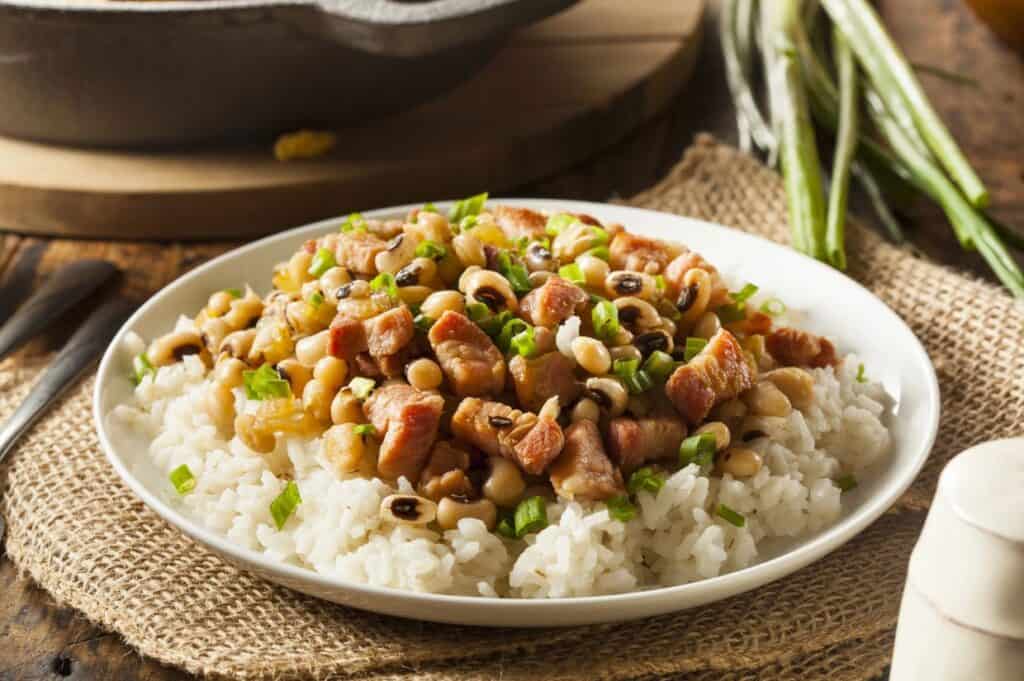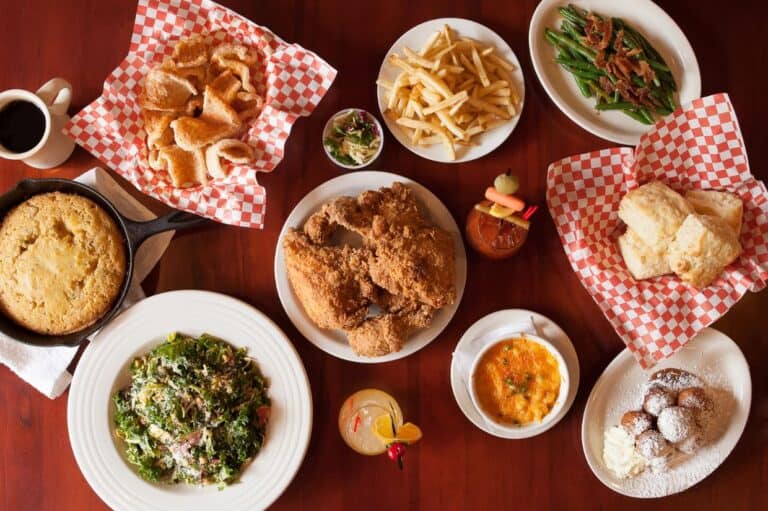When you think about Southern food, it’s easy to picture a plate of crispy fried chicken, buttery biscuits or maybe some hearty collard greens. But what makes these dishes so special? It’s not just the recipes themselves — it’s the rich, complex history behind the food. Southern cuisine is a melting pot, blending African, European and Native American influences to create the flavors we love today. Let’s take a closer look at how these cultures came together to shape the soul of Southern food.

Native American roots: The original Southern ingredients
Before European settlers arrived, Native American tribes cultivated and cooked with ingredients that remain staples in Southern kitchens today, on the land we now call the Southern United States. Corn, beans, squash and wild game were at the heart of their diet, and these ingredients laid the foundation for what would eventually become Southern cuisine.
Corn was important, serving as a food and a base for many dishes. Think about cornbread, grits and hominy — all of these come from Native American cooking techniques. Corn was ground into meal or grits and used in everything from porridges to bread. Even the method of cooking beans with pork fat, a Southern staple, can be traced back to Native American traditions.
Squash and beans were often grown alongside corn using the Three Sisters planting technique, where the plants supported each other’s growth. Native Americans in the South paired these vegetables with wild game like deer, rabbit and turkey as staples in their diet, and these vegetables also laid the groundwork for dishes we still enjoy today.
European influence: The birth of Southern comfort food
When European settlers arrived in the South, they brought with them their own culinary traditions, many of which were influenced by French, English, Spanish and German cuisines. Over time, these European techniques blended with the ingredients native to the region and produced a new kind of cooking that began to take shape.
For example, the British influence on Southern food is most obvious in the love for pies, puddings and breaded meats. Scottish frying techniques likely inspired the idea of frying chicken, which is now deeply associated with Southern cuisine. Add to that the German influence of sausages, and you’ve got the basis for Southern staples like fried chicken and sausage gravy.
One of the most interesting influences is from the French, particularly in areas like Louisiana, where French settlers left a lasting mark with their Creole and Cajun cuisines. Dishes like gumbo, jambalaya and étouffée show off this blend of French cooking methods with local ingredients like seafood, rice and spices. Using roux as a thickener in Southern gravies and stews also comes from French cooking.

But it wasn’t just about what they brought — it was also about adaptation. European settlers adapted to their surroundings by learning from Native Americans and incorporating African influences brought over through the transatlantic slave trade.
African influence: The heart and soul of Southern flavor
Speaking of African influence, this is where Southern food really starts to take on its distinctive character. Enslaved Africans brought not only their labor to Southern kitchens but also their culinary traditions. From ingredients to cooking techniques, African culture is at the heart of what makes Southern food so soulful.
One of the most significant African contributions is the use of rice. Rice was a staple in West African diets, and enslaved Africans brought their knowledge of rice cultivation to the Southern United States, particularly in places like South Carolina’s Lowcountry. Without their expertise, the rice plantations in the South might never have taken off. African influence resulted in dishes like Hoppin’ John, a mix of rice, black-eyed peas and pork.

Okra, another Southern favorite, also has African roots. Enslaved Africans brought this vegetable to the American South and has since become a key ingredient in dishes like gumbo. African cooking traditions also introduced the technique of frying foods, which we now associate with dishes like chicken and catfish.
But beyond the ingredients, it’s the flavors and seasonings that are deeply influenced by African culture. The love for spicy, bold flavors — think cayenne, paprika and black pepper — can be traced back to African cooking. This spice profile became a cornerstone of Southern cuisine, especially in dishes like barbecue, where seasoning meats with rubs and marinades is an art form.
The fusion of cultures: Southern food as we know it
So how did all these influences come together to create the Southern food we know today? It was a slow, organic process of blending and adapting traditions over centuries. Native American ingredients like corn and squash provided the base, European techniques like frying and baking added new textures, and African spices and cooking methods infused the dishes with bold flavors.
Take barbecue, for example. It’s a perfect representation of this fusion. The Native Americans smoked meat long before Europeans arrived, and settlers adopted this technique. African enslaved people then brought their own touch, using a mix of spices and slow-cooking methods to elevate barbecue into an art form. Today, Southern barbecue is a mix of all these traditions, and it’s a dish that represents the coming together of these diverse cultures.
Another great example is gumbo, a dish that blends Native American, French and African influences into one flavorful pot. Okra (from Africa), roux (from France), and filé powder (from Native Americans) all come together to create this iconic dish.
Preserving tradition, embracing change
Southern food isn’t static — it’s constantly evolving. But what makes it special is how it stays rooted in tradition while embracing new influences. Today, you’ll find chefs all over the South experimenting with global flavors, while still holding on to the core principles that define Southern cuisine: Local ingredients, bold flavors and a deep sense of history.
Whether you’re biting into a piece of fried chicken, savoring a bowl of gumbo or enjoying a slice of cornbread, you’re tasting a story — a story of resilience, adaptation and cultural blending that stretches back centuries. And that’s what gives Southern food its soul. It’s more than just comfort food; it reflects the people and cultures that came together to create it.
So next time you sit down to a Southern meal, remember — you’re not just enjoying the flavors; you’re experiencing the history, fusion and the South’s soul.





